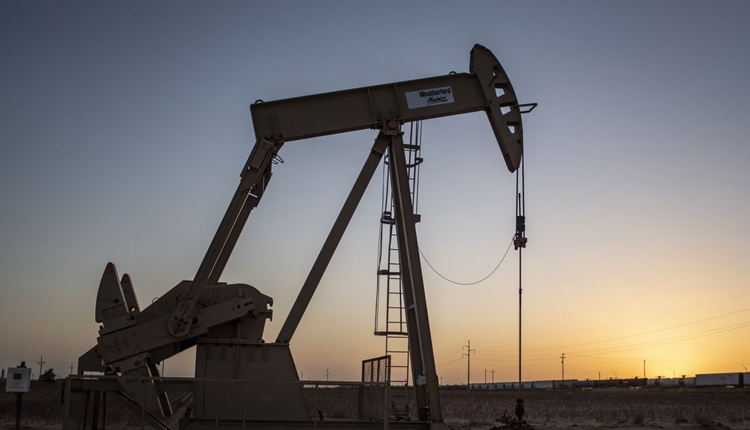Oil prices remain unchanged with China rates, OPEC meeting in focus
Oil prices stirred little in Asian trade as top importer China kept its benchmark interest rates steady, whereas an upcoming meeting of the Organisation of Petroleum Exporting Countries (OPEC) was in focus.
Hit by fears of worsening demand; prices were soothing four straight weeks of losses, while data, particularly from the U.S. and the OPEC, suggested that supplies were not as tight as originally expected.
Data released last week showed a bigger-than-expected increase in U.S. oil inventories, while production remained close to record-high.
Brent oil futures rose 0.2 percent, treading at $80.78 a barrel, and West Texas Intermediate crude futures also rose 0.2 percent, reaching $76.22 a barrel.
This was joined with signs that OPEC producers other than Saudi Arabia and Russia had increased crude production in recent months.
Weak economic data from several major economies ramped up concerns that global oil demand will slow in the months ahead.
China recently kept its benchmark loan prime rate at record lows and rolled out more liquidity injections to revive the economy.
While Chinese oil imports have remained steady over the past year, deteriorating economic conditions in the country have raised fears over whether oil demand will remain strong.
China has also built up a high level of oil inventories and recently placed firmer restrictions on local refineries.
The country is also dealing with a prolonged slowdown in its property market which is a major economic driver.
Ahead of the OPEC meeting, Saudi and Russian supply cuts are under scrutiny:
Media reports insinuated that Saudi Arabia and Russia were considering more supply cuts after a recent decline in oil prices, especially after Brent recently sank below $80 a barrel.
The two major producers have promised to continue their supply cuts until the year’s end, and are now expected to announce more reductions at an OPEC meeting on November 26.
Supply cuts from Saudi Arabia and Russia had been a key point of support for oil prices, pushing Brent to nearly $100 a barrel earlier this year.
However, profits had failed to hold, amid a thread of negative cues for the market.



